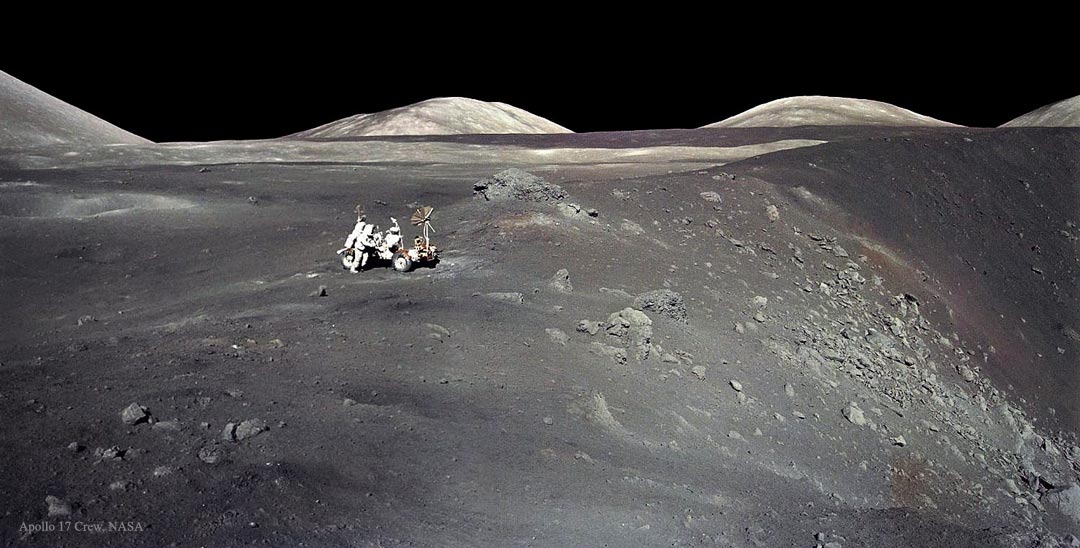Blob: Star Gazers
APOD stands for Astronomy Picture of the Day, a NASA service that has been serving up intergalactic goodness since June 16, 1995. 🌠
This page fetches three images or videos from the NASA APOD API. You can click to request new images every 30 seconds.
Each image or video should have a link at the bottom of its description. Images refresh often, so be sure to open the links if you wish to hang onto any favorites! Credit is provided when detected.
Pro tip: If the content isn't updating when you press the button, please wait a few more seconds and try again. Also, click the titles to reveal an explanation.

December's Comet Wirtanen, 2018-12-07Credit: Juan Carlos Casado
Coming close in mid-December, Comet 46P Wirtanen hangs in this starry sky over the bell tower of a Romanesque church. In the constructed vertical panorama, a series of digital exposures capture its greenish coma on December 3 from Sant Llorenc de la Muga, Girona, Catalonia, Spain, planet Earth. With an orbital period that is now about 5.4 years, the periodic comet's perihelion, its closest approach, to the Sun will be on December 12. On December 16 it will be closest to Earth, passing at a distance of about 11.6 million kilometers or 39 light-seconds. That's close for a comet, a mere 30 times the Earth-Moon distance. A good binocular target for comet watchers, Wirtanen could be visible to the unaided eye from a dark sky site. To spot it after dusk on December 16, look close on the sky to the Pleiades star cluster in Taurus.

Apollo 17 at Shorty Crater, 2015-08-02
On the Moon, it is easy to remember where you parked. In December of 1972, Apollo 17 astronauts Eugene Cernan and Harrison Schmitt spent about 75 hours on the Moon in the Taurus-Littrow valley, while colleague Ronald Evans orbited overhead. This sharp image was taken by Cernan as he and Schmitt roamed the valley floor. The image shows Schmitt on the left with the lunar rover at the edge of Shorty Crater, near the spot where geologist Schmitt discovered orange lunar soil. The Apollo 17 crew returned with 110 kilograms of rock and soil samples, more than was returned from any of the other lunar landing sites. Now forty three years later, Cernan and Schmitt are still the last to walk on the Moon. APOD Editor to Speak: Saturday, August 8 at Keweenaw Science & Engineering Festival

Noctilucent Clouds Over Sweden, 2006-07-18
Sometimes it's night on the ground but day in the air. As the Earth rotates to eclipse the Sun, sunset rises up from the ground. Therefore, at sunset on the ground, sunlight still shines on clouds above. Under usual circumstances, a pretty sunset might be visible, but unusual noctilucent clouds float so high up they can be seen well after dark. Pictured above last month, a network of noctilucent clouds cast a colorful but eerie glow after dusk near Vallentuna, Sweden. Although noctilucent clouds are thought to be composed of small ice-coated particles, much remains unknown about them. Recent evidence indicates that at least some noctilucent clouds result from freezing water exhaust from Space Shuttles.